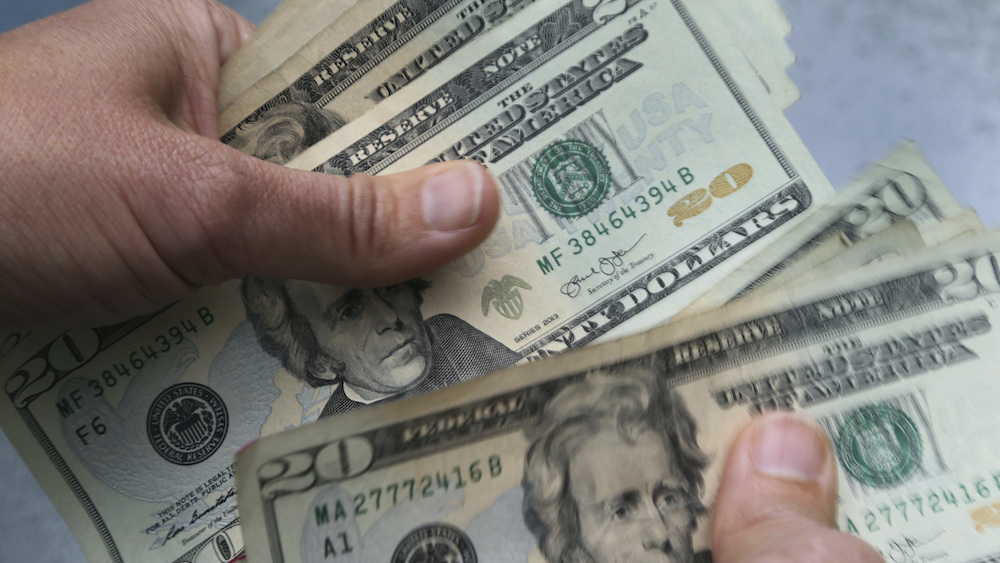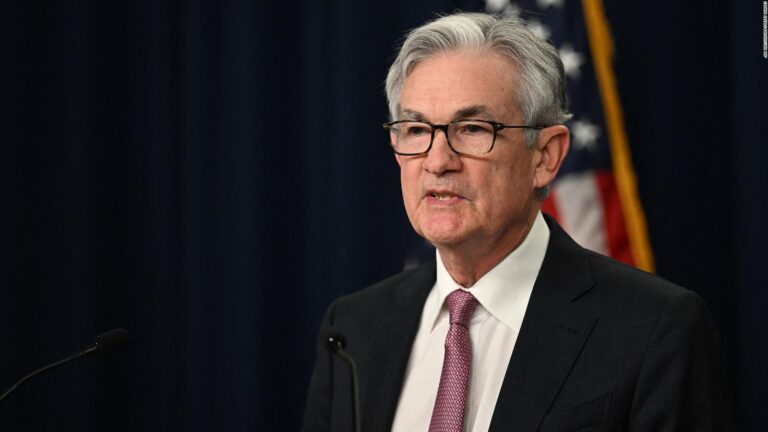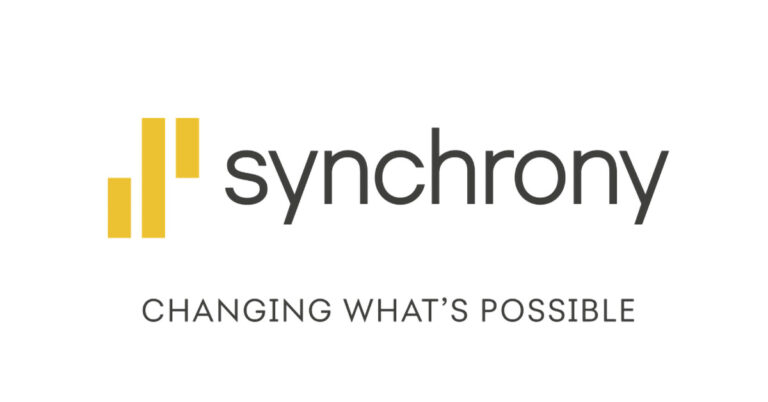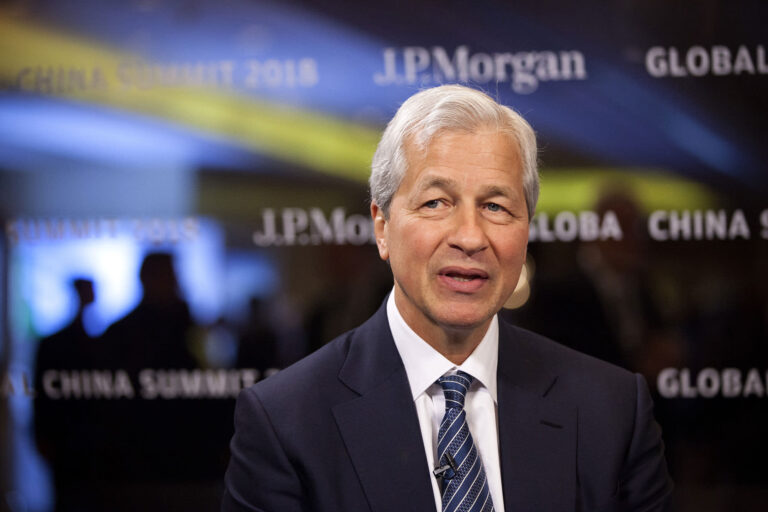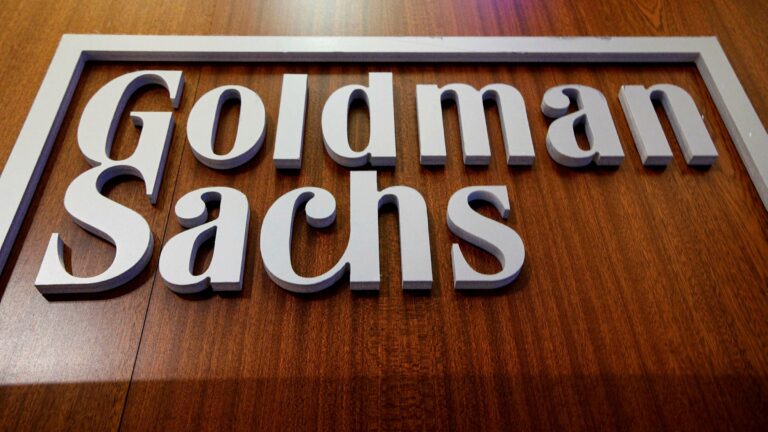How the Latest Fed Interest Hike Affects your Money
In a bid to tame the runaway inflation that has seen Americans slammed with double-point percentage increases in prices of essential commodities, the Federal Reserve has taken more aggressive and drastic measures by announcing an interest hike of 75 basis points (bps).
The hike is the third this year and comes after a period of relatively low-interest rates during the first two years of the COVID-19 pandemic. Initially, the Fed had raised interest rates in March and May by another three-quarter of a point. In March, the Fed raised interest by 0.25% and 0.50% in May. The latest hike put the federal funds rate between 1.5% and 1.75%.
The Spiking Inflation Rates
Since the start of this year, the US has experienced a spike in inflation rates at a rate not seen in more than 40 years. American consumers are having to bear with raising prices of virtually everything – groceries, homes, gas, and travel, to name a few.
The skyrocketing inflation has been blamed on a number of factors, key among them being supply chain disruptions caused by the COVID-19 pandemic and the war in Ukraine. At the start of the pandemic, many industries, including car factories, oil refineries, and airlines, scaled down operations and reduced the number of staff.
Russia’s invasion of Ukraine added fuel to an already raging fire. Following the invasion, the United States and European countries responded by imposing unprecedented sanctions on Russia, including an embargo on the country’s oil. This move isolated one of the largest oil and gas producers in the world, created a global shortage and drove prices up.
The month of May saw inflation go up by 8.6% compared to the same period last year and reached the highest levels in more than 40 years. During the month, gas prices increased by 4.1%, bringing the cumulative increase in gas prices to 48.7% over the last year. Food prices rose by 1.2% and caused a cumulative increase of 10.1% over the past 12 months.
What The Fed is Doing to Manage Inflation
The Federal Reserve, the government agency tasked with keeping inflation under manageable levels, has instituted a number of measures to check the skyrocketing inflation. The Fed has been under pressure from policymakers and the American public to get prices under control.
Congress has tasked the Fed with two main roles: to bring inflation under control and promote full employment. The Fed’s main target is usually to maintain inflation levels at 2%. Inflation is not an entirely bad thing.
Some levels of inflation are actually helpful to the economy. In a state of rising prices, consumers will tend to consume more now to avoid paying more in the future when prices are higher.
Inflation and unemployment are inversely related, meaning an increase in inflation may lead to an increase in unemployment rates, while attempts to reduce rates of unemployment could come at the cost of increasing inflation.
With the unemployment rates back to pre-pandemic levels, the Fed has enough space to tackle inflation without the risk of rising unemployment.
There has been an all-out war against inflation both at the federal and state levels. At the federal level, President Biden has sanctioned several withdrawals from the country’s Strategic Petroleum Reserve. The Fed has also implemented several rate increases to slow the pace of inflation. Additionally, several states have put their local gas taxes on hold or have prepared legislations to put these taxes on hold.
How will High Interest Affect Your Money?
Monetary policy, which include adjustment to the federal funds rate is one of the tools that the Federal Reserve uses to tame skyrocketing inflation and stabilize the economy. Fed’s move to increase its benchmark lending rate could have a bitter-sweet on various parties, including consumers, borrowers, and savers. Below are ways through which the hiked interest rates will affect your money;
1. High Cost Of Loans
Increasing Fed’s benchmark lending rate transfers to increased costs of borrowing as lenders transfer the burden of higher rates to borrowers. This means more expensive loans, including credit cards, students’ loans, mortgages, car loans, and home equity lines of credit.
The mortgage sector has been the most sensitive and responsive to the latest interest hikes. Mortgage interest rates have already shot up, and sales activities have slowed down. A 30-year fixed-rate mortgage currently averages 5.23% from 3% last year.
The sharp rise in mortgage rates will likely counter the recovery gains made as the pandemic continues to wane away. Already, the pandemic had led to skyrocketing home prices. On the brighter side, however, the hiked interests are expected to raise mortgage rates, slow down housing demand, and stabilize housing prices in the long run.
Since their interest rates are not fixed, credit cards are some of the biggest victims of changes in federal fund rates. In addition to increases in interest rates, individual minimum payments are also expected to go up.
2. It is Good News for Savers
While high-interest rates are detrimental to borrowers, it is always free lunch for savers. Whatever borrowers cough out in terms of increased interest rates ends up being transferred to savers in the form of increased savings earnings.
Returns from savings accounts and certificates of deposit have been paltry in recent years as the Fed maintained rates at the minimum, a policy adopted to cushion the economy from the effects of the pandemic. With low returns from banks, many savers turned to higher-yield online savings accounts that usually offer better returns compared to conventional banks.
While increased rates are warm news for savers, its real impact may take time to be felt, especially for traditional bank accounts. Even with several hikes projected before the end of the year, savings earnings are still expected to remain low due to sky-top inflation rates.
3. Stocks Projected to Rally
Recently, the stock market has been on a nosedive as fears of a looming recession due to raging inflamed echoed. Investors have repeatedly expressed concerns over Fed’s ability to achieve a soft-landing in bringing inflation under control without causing a recession. This uncertainty caused more volatility in the stock market.
Following Fed’s highest interest-rate hike in decades, US stocks rallied, with major indices registering major gains after days of losing. The S&P 500 registered a 1.5% gain of 54.51 points to 3789.99, while the Dow Jones Industrial Average gained 1% or 303.70 points to 30668.53. The Nasdaq Composite gained 270.81 points, or 2.5%, to 11099.15.
Bank stocks, which are more economically sensitive, and which had started selling off on fears of a recession, also rose following Fed’s move. The KBW Nasdaq Bank Index went up 1.6%.
4. Brace for More Interest Hikes
While the central bank has taken a more aggressive monetary policy to tame rising inflation, the same may not be sufficient enough to bring inflation to base levels. The Fed’s rates hike will cause shake-ups in the economy in several ways. The initial rate hike is a pointer to higher rates as the central bank tightens its grip on runaway inflation.
Already investors are projecting the Fed could raise rates to up to 3.75% by the end of this year. This is a big jump from the rock-bottom 1% that has prevailed during the COVID-19 pandemic.
Bottom Line
The Federal Reserve faces a tough balancing act of bringing inflation under control without hurting the economy. Monetary policy, while effective in quelling hot inflation, it usually causes strain to other facets of the economy. Usually, it is the employment rate that tends to be a victim of such measures. With the Russia-Ukraine still raging, inflation may persist as disruptions in oil and gas supply cause prices to go up.
